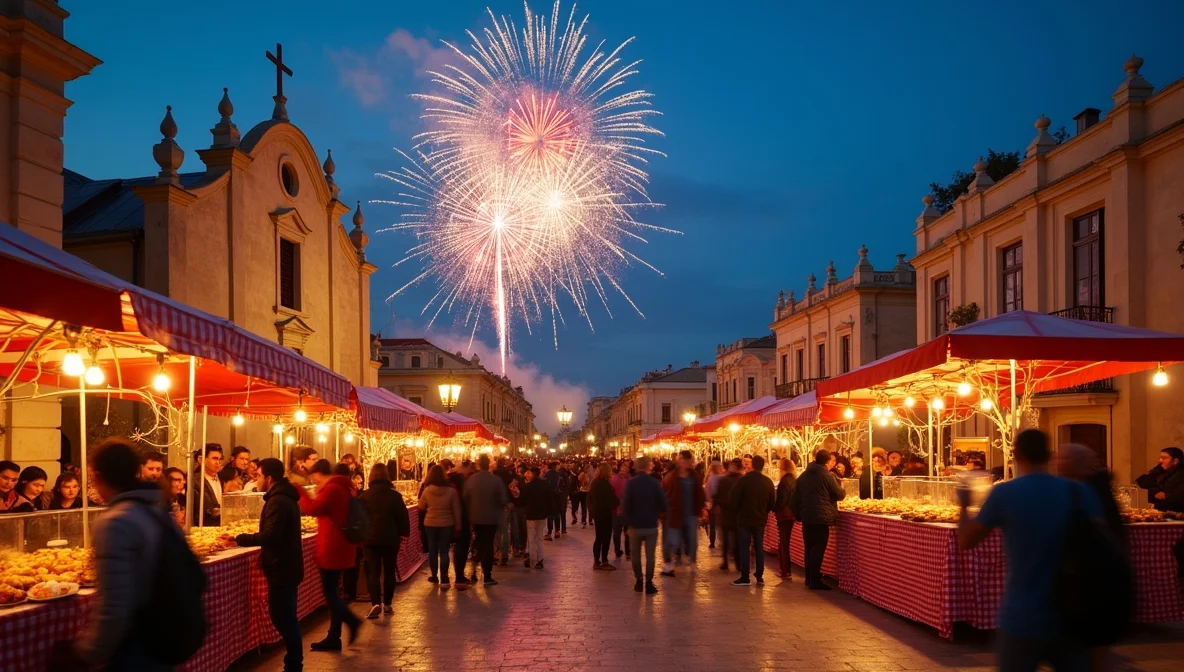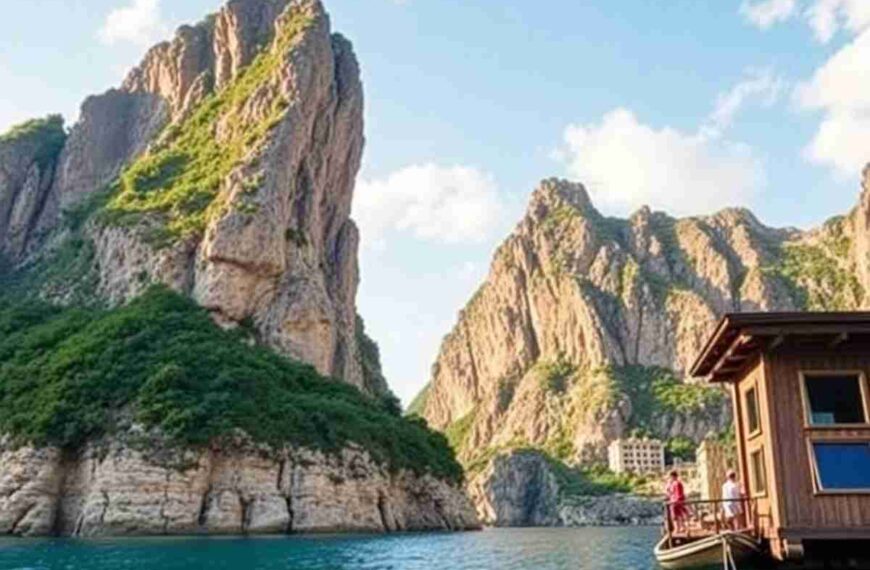Are you planning your first trip to Malta? This book will help you learn about the islands’ unique culture, food, and customs. You may expect everything from village feasts to local handicraft and friendly service.
If you stay at one of the ST Hotels in Gżira or Sliema, you’ll be right in the midst of everything—close to historic buildings, street festivals, and some of the best places to eat and explore.
Malta’s history and identity are layered.
Malta has a vast and interesting history that has affected how people live today. For thousands of years, many civilisations have lived on the islands.
You may see prehistoric sites like the Ġgantija Temples on Gozo. The Pyramids of Giza were built after these buildings.
The Phoenicians, Romans, Arabs, Normans, the Knights of St. John, and the British all governed Malta at different times. Each group provided something unique.
The Knights of St. John built Valletta. It is now a UNESCO World Heritage Site because of its art and baroque architecture.
Malta’s culture is a mix of Arabic, European, and Mediterranean ways of living that have been going on for hundreds of years. Because the islands are so small, it’s easy to learn about their long history. Many villages still have their original layouts and buildings.
Language and Communication
People in Malta speak both Maltese and English.
- Maltese: This is a Semitic language that employs the alphabet from Latin. Arabic is the main language, but it also has terms from Italian, English, and French.
- English: Most people speak English, so it’s easy for travellers to navigate around.
- Italian: A lot of individuals also know Italian because of old TV shows and cultural ties.
People in Malta speak both Maltese and English at the same time. This mix of languages is part of what makes Malta feel warm and friendly. It also means that as a visitor, you may try something new while still feeling at home.
Religious beliefs and practices
Faith is a big part of life in Malta:
- About 98% of the people are Roman Catholics.
- There are more than 350 churches in Malta and Gozo. The Mosta Dome and St. John’s Co-Cathedral in Valletta are two of the most famous.
- Religious events are a big part of the year. On Good Friday and Easter, locals take part in detailed processions where they carry statues and wear traditional clothing. In some towns, there’s even an auction to decide who gets to carry the main statue, since it’s a serious honour, often passed down through families.
Religion is also visible in everyday life. Many homes feature small altars or religious icons, and it’s common to see people making the sign of the cross as they pass churches. Visitors are always welcome to join celebrations, but it’s important to do so respectfully.
Village Feasts (Festi) and National Celebrations
Maltese people enjoy celebrating together, with local feasts and public holidays showing how proud this community is of their traditions.
- Festi: Every town or village honours its patron saint with a week-long celebration in summer. Streets fill with music, dancing, and bright decorations. Church bells ring, brass bands march, and the air smells of food and fireworks.
- Fireworks: Pyrotechnics are a huge part of Maltese culture. Fireworks are used for festi, weddings, political rallies, and any other excuse to light up the sky.
- Eating and drinking: Food stalls line the streets with everything from grilled meats to sweet pastries. Locals gather with friends and family, enjoying cold beers, wine, and traditional snacks late into the night.
Some of the biggest national celebrations include:
- L-Imnarja (29 June): A countryside celebration held in Buskett Gardens with rabbit stew, local wine, and folk music.
- Carnival (February): Known for its bold costumes and satirical floats. Valletta and Nadur in Gozo host some of the wildest parades.
These events blend religion, tradition, and a serious love for a good party. If you’re in Malta during festa season, don’t miss the chance to join in.
Food, Hospitality, and Social Life
Sharing food is a big part of life in Malta. Meals bring people together, and there’s a strong tradition of welcoming guests with something tasty.
Classic dishes:
- Fenkata: rabbit stew cooked with garlic, wine, and herbs
- Pastizzi: flaky pastries filled with ricotta or peas
- Timpana: baked pasta wrapped in pastry
- Ftira: flatbread with tuna, olives, and capers
- Sweets: Imqaret (date pastries) and kannoli, are popular at gatherings and festi.
Food markets are a great way to sample local flavours. Visit Marsaxlokk on a Sunday to see fishermen selling fresh catches by colourful luzzu boats. In towns and villages, bakeries sell snacks that are perfect to enjoy while exploring.
Arts, Crafts, and Living Traditions
Some of Malta’s most beautiful traditions are found in its handmade crafts.
- Bizzilla (lace): Made by hand, especially in Gozo. You’ll often see it on clothing and household items.
- Filigree jewellery: Created by twisting fine threads of gold or silver into delicate designs. These make great souvenirs.
- Other crafts: Pottery, glass-blowing, and weaving are still alive in many parts of the islands.
The village of Għarb in Gozo is known for lace-making demonstrations, while shops across the islands sell locally made jewellery and ceramics.
Everyday Etiquette and Local Life
Understanding a few social habits can help you feel more comfortable and respectful while visiting.
- Church visits: Dress modestly—cover shoulders and knees, and take off hats and sunglasses before entering.
- Tipping:
- Guides: €4–€5 per person per day
- Restaurants: 10–15% is usually enough
Time: Locals tend to be relaxed about timing. Things move at a slower pace, especially outside business settings.
The Maltese are known for being warm and welcoming. If you ask for help or directions, people will often go out of their way to assist.
The Bottom Line
Malta is full of stories, flavours, and traditions that are easy to enjoy, even on your first visit. If you’re planning to explore local festi, visit historic towns, or try traditional food, ST Hotel locations in Gżira/Sliema are all great places to stay. The hotels offer good value, comfy rooms, and a location that puts you close to the heart of Maltese culture.









